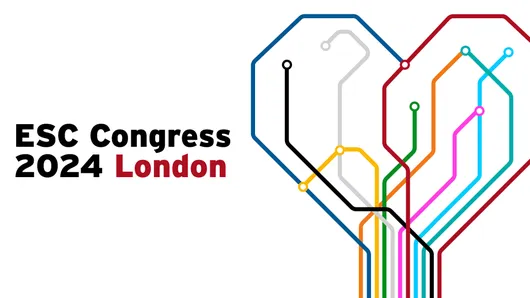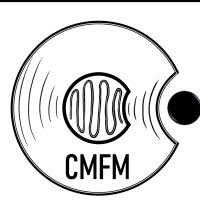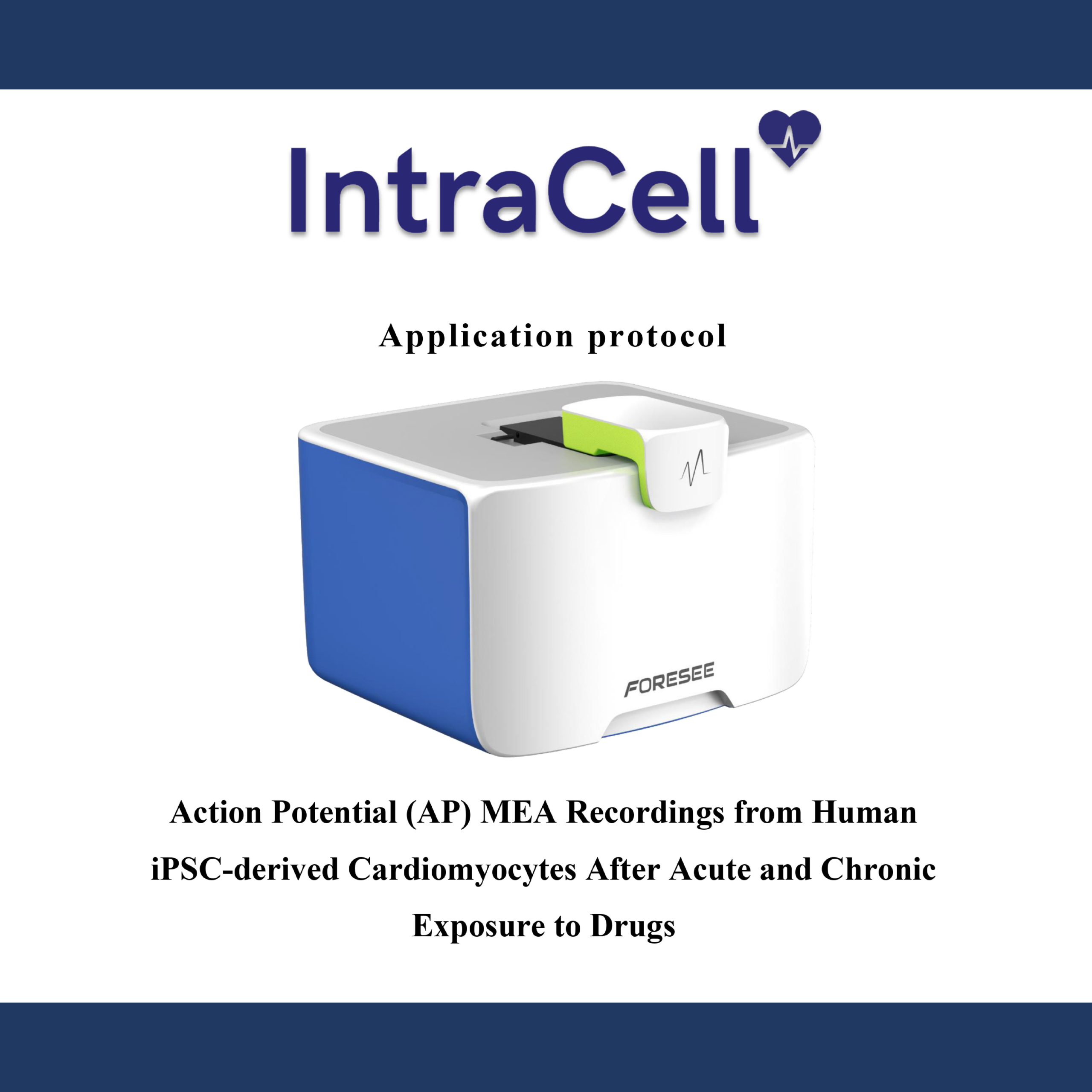Application Notes
Publications
Portugal G. Harvard Bioscience Blog, 2024

Iachetta, G., Melle, G., Colistra N., Tantussi F., De Angelis F., Dipalo M. Archives of Toxicology, Volume 97, 2023

Schaefer, J., Danker, T., Gebhardt, K., Kraushaar, U. (Indipendent Publication) Jove Journal, Volume 187, 2022

Iachetta G., Colistra N., Melle G., Deleye L. , Tantussi F., De Angelis F., Dipalo M. Toxicology and Applied Pharmacology, Volume 418, 2021

Dipalo, M., Melle, G., Lovato, L., Jacassi A., Caprettini V., Garoli D., Bruno G., Tantussi F., De Angelis F. Nature Nanotechnology, Volume 13, 2018

Melle G., Bruno G., Maccaferri N., Iachetta G., Colistra N., Barbaglia A., Dipalo M., De Angelis F., Frontiers in Bioengineering Biotechnology, 2020

Dipalo M., Rastogi S.K., Matino L., Garg R., Bliley J., Iachetta G., Melle G., Shrestha R., Shen S., Santoro F., Feinberg A.W., Barbaglia A., Cohen-Karni T., De Angelis F., Science Advances, Volume 7, 2021
Posters and Scientific Talks

Advancing cardiac 3D organoid-on-chip: integrating iPSC-derived MELAS syndrome models to study electromechanical synchronicity and cardiac memory using contactless technology
Margherita Burattini, Annalinda Pisano, Maria Gemma Pignataro, Michele Dipalo, Giuliana Orlandini, Carolina Scandellari, Vittoria Medeghini, Giovanni Battista Luciani, Gianluigi Condorelli, Giulia D’Amati, Michele Miragoli
1) University of Parma, Department of Medicine and Surgery, Parma, Italy 2) University of Verona, Department of Surgery, Dentistry and Maternity, Verona, Italy 3)University of La Sapienza,
Department of Radiological, Oncological and Anatomo-Pathological Sciences, Roma, Italy. 4) Foresee Biosystem s.r.l., Genova, Italy, 5) Humanitas Research Hospital — IRCCS, Rozzano
(Milan), Italy

High-throughput kinematic screening for cardiac organoids with impairment in contraction
Michele Miragoli, University of Parma

Evaluation of Laser Optoporation-Induced Action-Potential-Like Measurements on iPSC-Cardiomyocytes and the Assessment of Drug-Induced Effects on APD and
Contractility
Author: Jin Chang, Celogics Inc.
FILL OUT THE FORM


